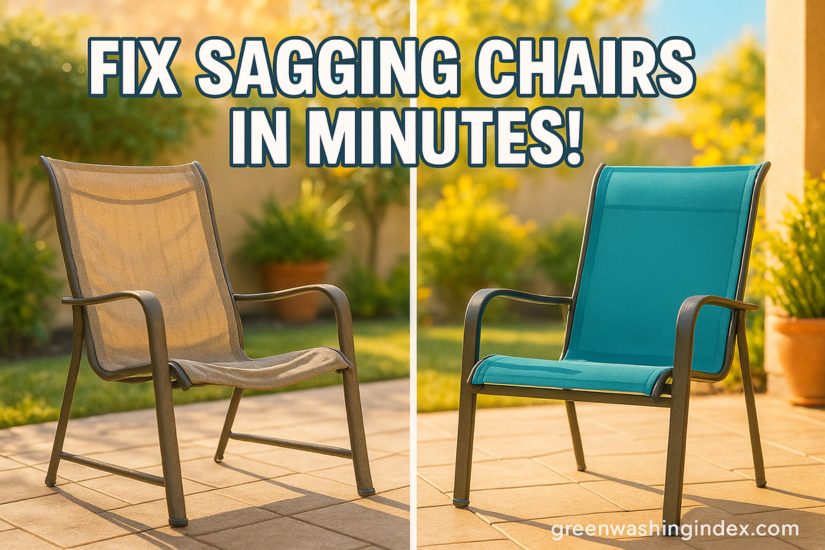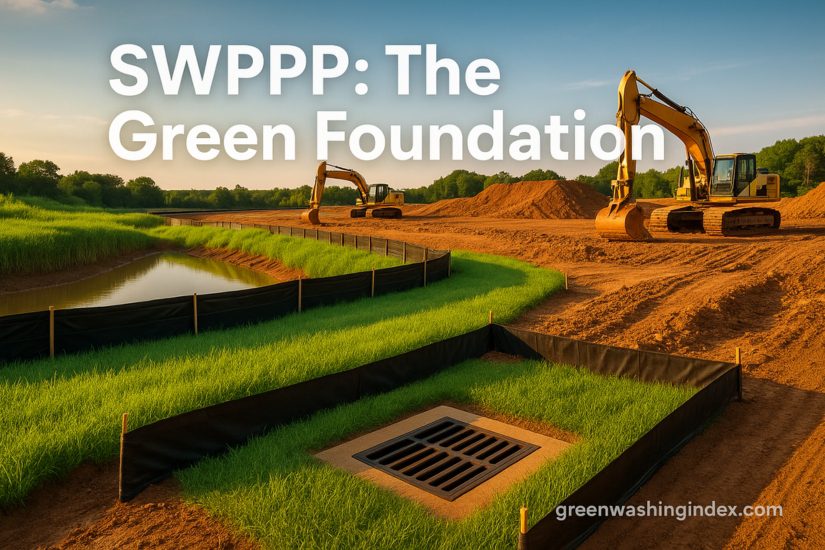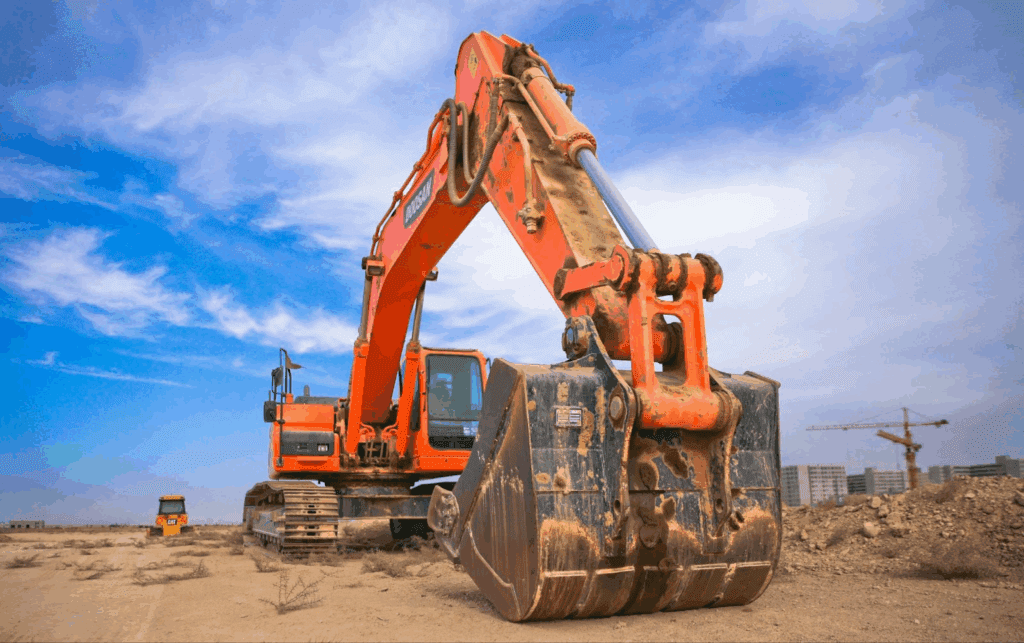

Every construction site changes more than its skyline. Soil is disturbed, water is redirected, and debris moves into the environment in ways that are often unseen but rarely harmless.
Among the acronyms that shape responsible building, SWPPP—Stormwater Pollution Prevention Plan—may not sound glamorous, yet it is the green foundation every worksite needs.
At its core, an SWPPP is a living document and a set of practices designed to keep stormwater from carrying dirt, chemicals, and waste from a construction site into rivers, lakes, and groundwater. It is not paperwork for the sake of compliance.
It is a strategy that translates environmental responsibility into daily routines.
When rainfall hits bare soil, erosion happens. Sediment moves, carrying with it oil from machinery, cement residue, paint, and other pollutants. Left unchecked, this runoff finds its way into local waterways.
A single storm can undo months of progress toward healthier streams and clean communities. SWPPP services stand as the safeguard against this cascade of harm.
Silt fences, sediment basins, stabilised entrances—these are the frontline defenses. They keep loose soil from escaping the worksite. Think of them as boundaries that stop the site’s footprint from bleeding into the wider environment.
A clean site is not just safer for workers; it is greener. Proper storage of chemicals, waste segregation, covered dumpsters, and equipment maintenance all fall under SWPPP’s housekeeping umbrella.
These are simple habits that prevent pollutants from ever entering the stormwater system.
Even the most detailed plan fails if people on the ground do not know it exists. SWPPP requires workers and supervisors alike to understand the measures in place. Training turns abstract rules into shared responsibility.

Sediment pollution clouds water, choking aquatic plants and animals. Fertilisers and chemicals create algal blooms that poison ecosystems. Oil and fuel residues seep into drinking water supplies. Ignoring SWPPP is not an oversight—it is an environmental setback measured in decades, not days.
Regulators in the United States and across the world treat stormwater seriously. Fines for non-compliance are not token gestures. They can climb into tens of thousands of dollars per day, crippling small builders and denting reputations of larger firms.
More costly still is the community backlash when negligence is revealed.
For too long, SWPPP has been viewed as a box to tick—a permit requirement, nothing more. The truth is that it represents the baseline of sustainable building. Just as energy efficiency and recycling once seemed optional but are now expected, stormwater management is the silent pillar of responsible development.
Communities notice when builders take stormwater seriously. Clear fencing, clean site perimeters, runoff controls—they send a message that the company behind the project respects the land it is building on. This builds trust not through marketing claims but through visible practice.
Every SWPPP begins with a map: where water naturally flows, where soil is vulnerable, where pollutants are most likely to collect. Without this step, controls are guesswork. With it, they are targeted and effective.
No single measure works alone. Silt fences without stabilised entrances fail when trucks drag mud onto the road. Sediment basins overflow if not paired with erosion controls upstream. Layering defenses creates resilience.
Regular inspections keep the plan alive. Photos, logs, and corrective actions demonstrate compliance but also provide a record of learning. When one measure fails, the record shows why and how to improve it next time.
Stormwater does not stop flowing once construction ends. Poorly managed runoff during building can create long-term drainage issues for future residents or tenants. A solid SWPPP today means a community less prone to flooding, erosion, and polluted water tomorrow.
Though rooted in construction, the principles of SWPPP—prevention, containment, accountability—apply to agriculture, mining, and even event management. It is a framework that can be adapted anywhere runoff and pollution threaten ecosystems.
Too many companies boast of “eco-friendly” materials or “sustainable” designs while ignoring the basics. A polished marketing campaign cannot undo the damage of polluted waterways caused by careless worksites. SWPPP is where sustainability stops being a slogan and becomes a practice.
True green credentials begin with the unglamorous: silt fences, covered bins, inspection logs. They may not feature in glossy brochures, but they are the clearest proof that a company builds with the environment in mind.
Software platforms now exist to streamline SWPPP documentation, inspection scheduling, and compliance tracking. These tools reduce human error, speed up reporting, and make accountability transparent.
Sensors and drones can monitor sediment basins, site runoff, and erosion in real time. This allows problems to be identified before they become violations. It is an investment that pays for itself in avoided fines and reduced damage.
Every sustainable building trend—from solar panels to recycled materials—rests on a foundation that is less visible but just as vital: clean water. Without it, communities suffer, ecosystems degrade, and the word “sustainable” loses meaning.
SWPPP is the green foundation every worksite needs. It is not glamorous, but it is effective. It does not win design awards, but it earns community trust. And it ensures that when the building rises, it does so without leaving behind a trail of polluted streams.
The future of sustainable building depends not only on innovation but on discipline. SWPPP provides that discipline. It reminds builders, developers, and communities that protection of water resources is non-negotiable.
For newlyweds building their first home, for companies raising towers, for communities shaping their future—stormwater management is the quiet defender of the green promise. Without it, sustainability is just talk. With it, progress and responsibility move forward together.

Don't let aphids, slugs, and caterpillars ruin another plant. Take back control with simple, natural methods that actually work.